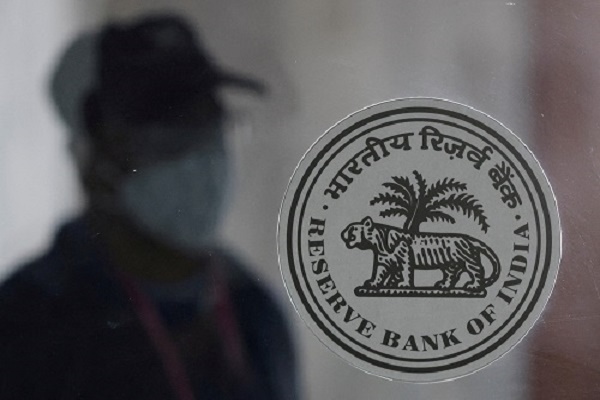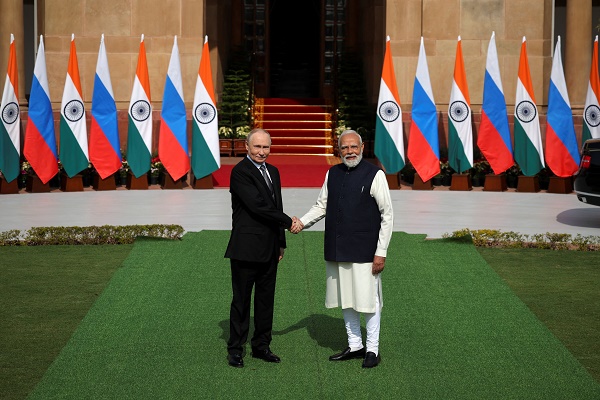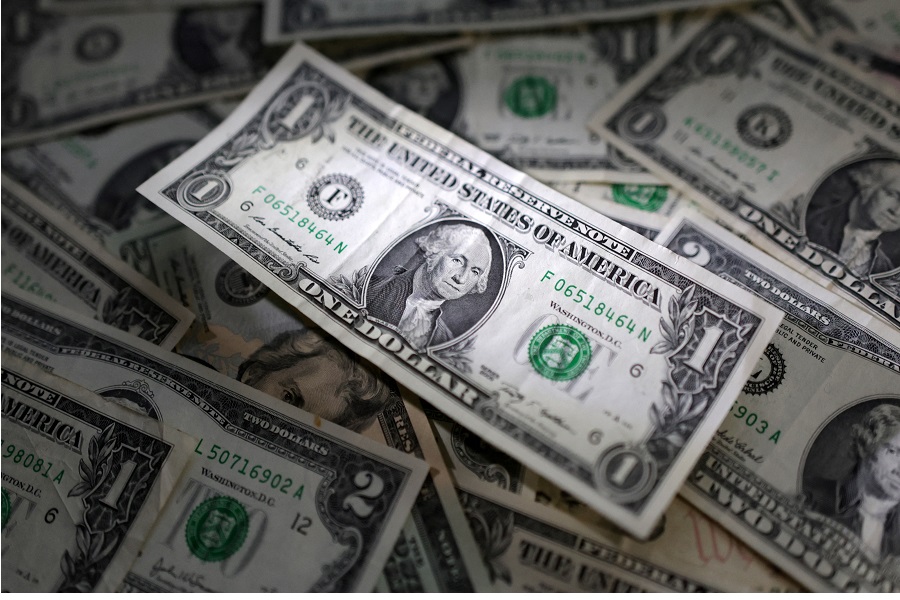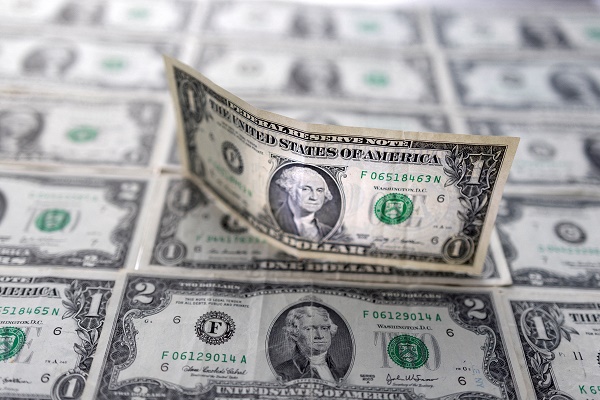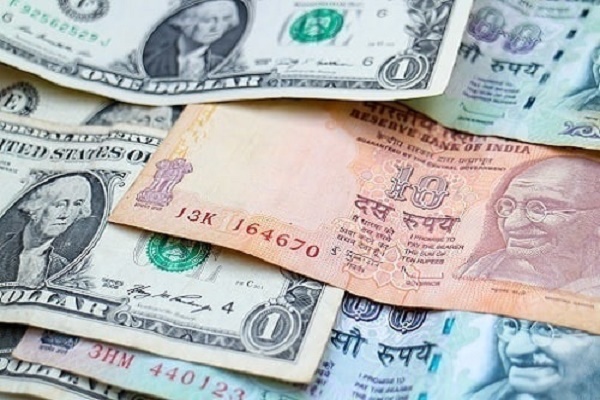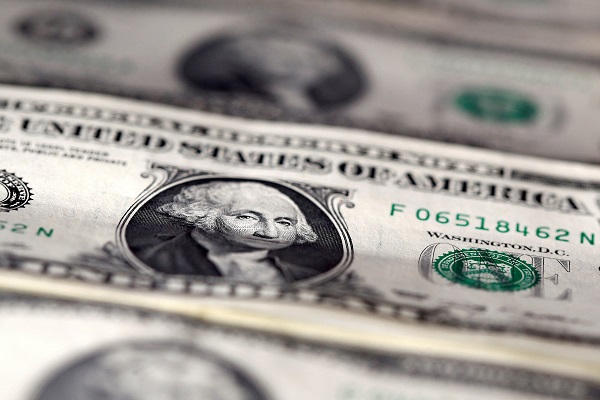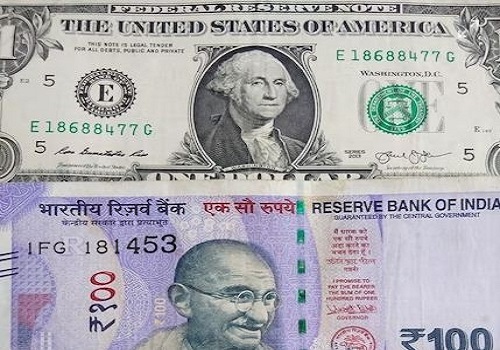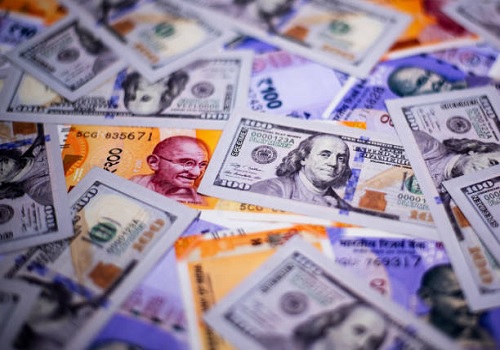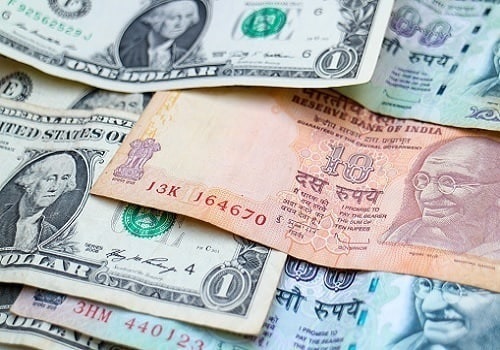Dollar steady as Powell flags inflation risks; Mideast worries rise
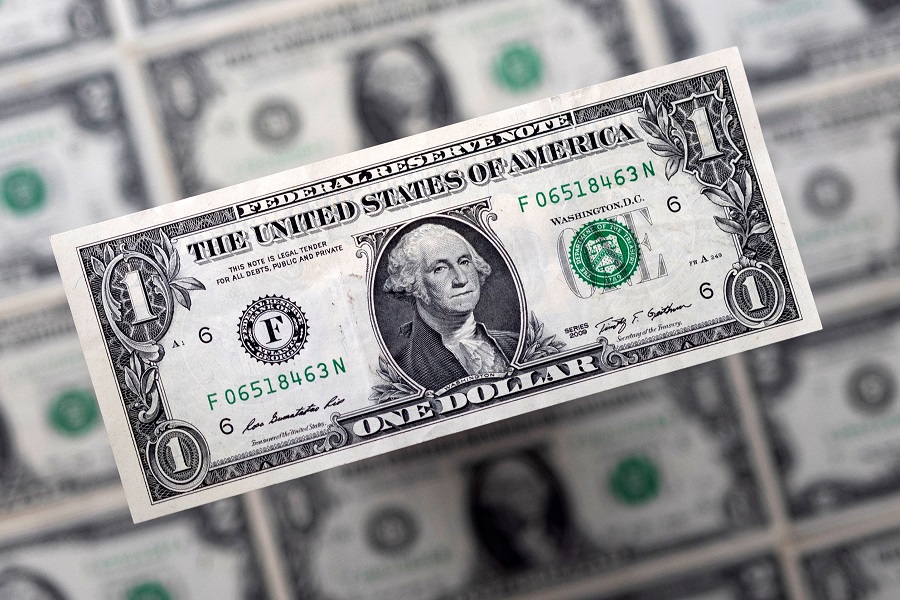
The dollar held steady on Thursday, as investors weighed Federal Reserve Chair Jerome Powell's cautionary tone on inflation, while the looming threat of a broader conflict in the Middle East and possible U.S. involvement left sentiment frail.
In a widely expected move, the Fed held rates steady, with policymakers signalling they still expect to cut rates by half a percentage point this year, although not all of them agreed on a need for rate cuts.
Powell said goods price inflation will pick up over the course of the summer as U.S. President Donald Trump's tariffs work their way to consumers.
"Ultimately, the cost of the tariff has to be paid, and some of it will fall on the end consumer," Powell told a press conference on Wednesday. "We know that because that's what businesses say. That's what the data say from the past."
The comments from Powell, who again came under fire from Trump, underscore the challenge facing policymakers as they navigate uncertainties from tariffs and geopolitical risks, leaving markets anxious about the path of U.S. interest rates.
Still, traders are pricing in at least two rate cuts this year though analysts are unsure of the starting point.
"The market is anticipating two 25 bp rate cuts this year, most probably September and December, but, we think the September FOMC will come too soon for the Fed to be comfortable cutting rates," ING economists said.
"Effectively the Fed has acknowledged that the contemporaneous economy is doing reasonably well, with risks, and has batted the whole thing back to the macro data to come in the coming months," the economists said in a report.
Currency market reaction was muted, with the dollar firming slightly after the Fed's decision before stabilising against major currencies by Thursday morning in Asia.
The euro was last at $1.14805, heading for 0.6% drop in the week, its biggest weekly decline since early May. The yen firmed slightly to 144.86 per dollar and the Swiss franc last fetched 0.81895 per dollar.
Sterling was 0.18% lower at $1.3398 in early trading ahead of the policy decision from the Bank of England, where the central bank is expected to stand pat.
The Swiss National Bank and Norges Bank are also expected to deliver their policy decisions later in the day.
The dollar index, which measures the currency against six other units, was at 98.957 and set for a 0.8% gain for the week, its strongest weekly performance since late February.
Investor focus remained on developments in the Middle East, where the Israel-Iran conflict entered its seventh day on Thursday. Concerns grew over potential U.S. involvement, as Trump kept the world guessing about whether the United States will join Israel's bombardment of Iranian nuclear sites.
The conflict has heightened fears of broader regional instability, compounded by the spillover effects of the Gaza war.
That left the risk-sensitive Australia dollar 0.3% lower at $0.649, while the New Zealand dollar weakened 0.32% to $0.60105.
U.S. markets are closed on Thursday for the federal Juneteenth holiday.





